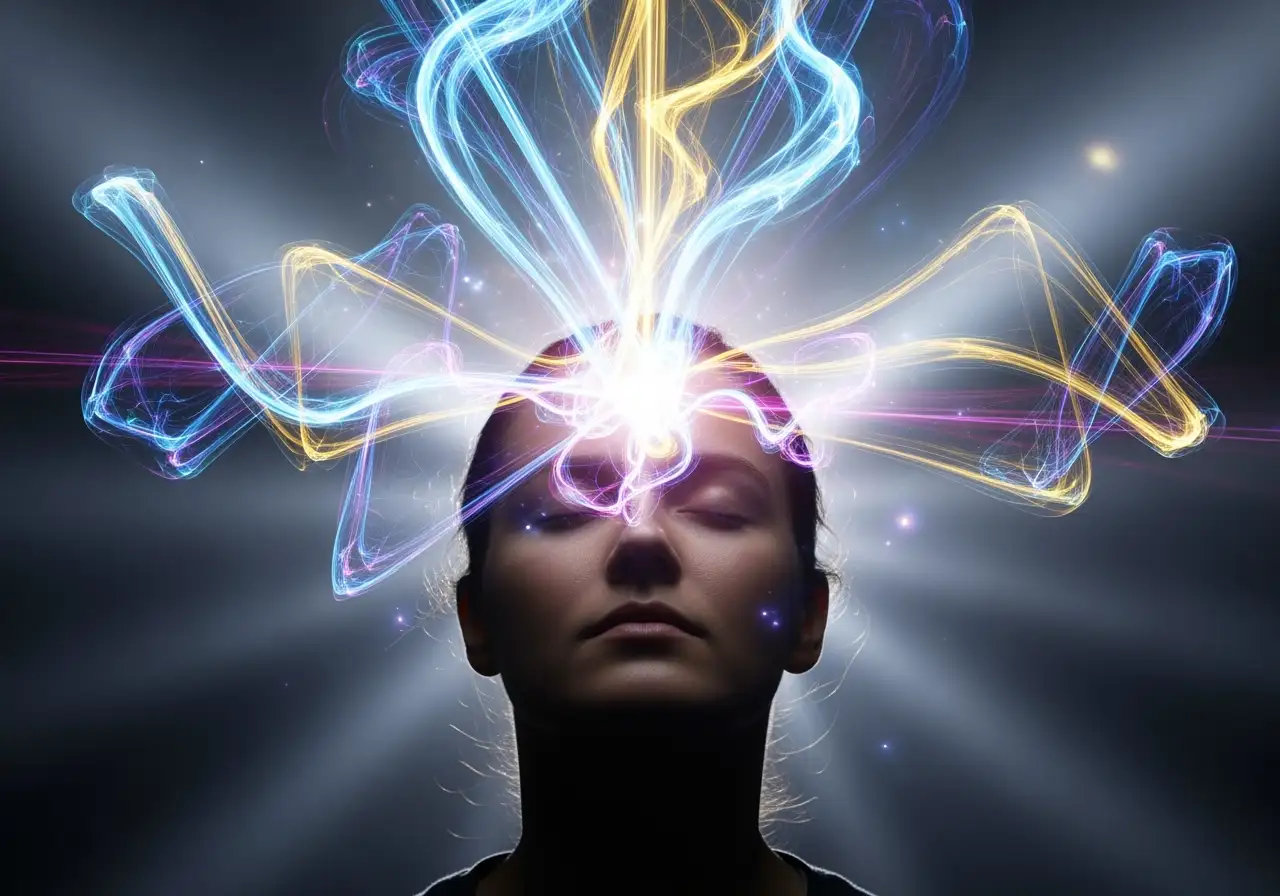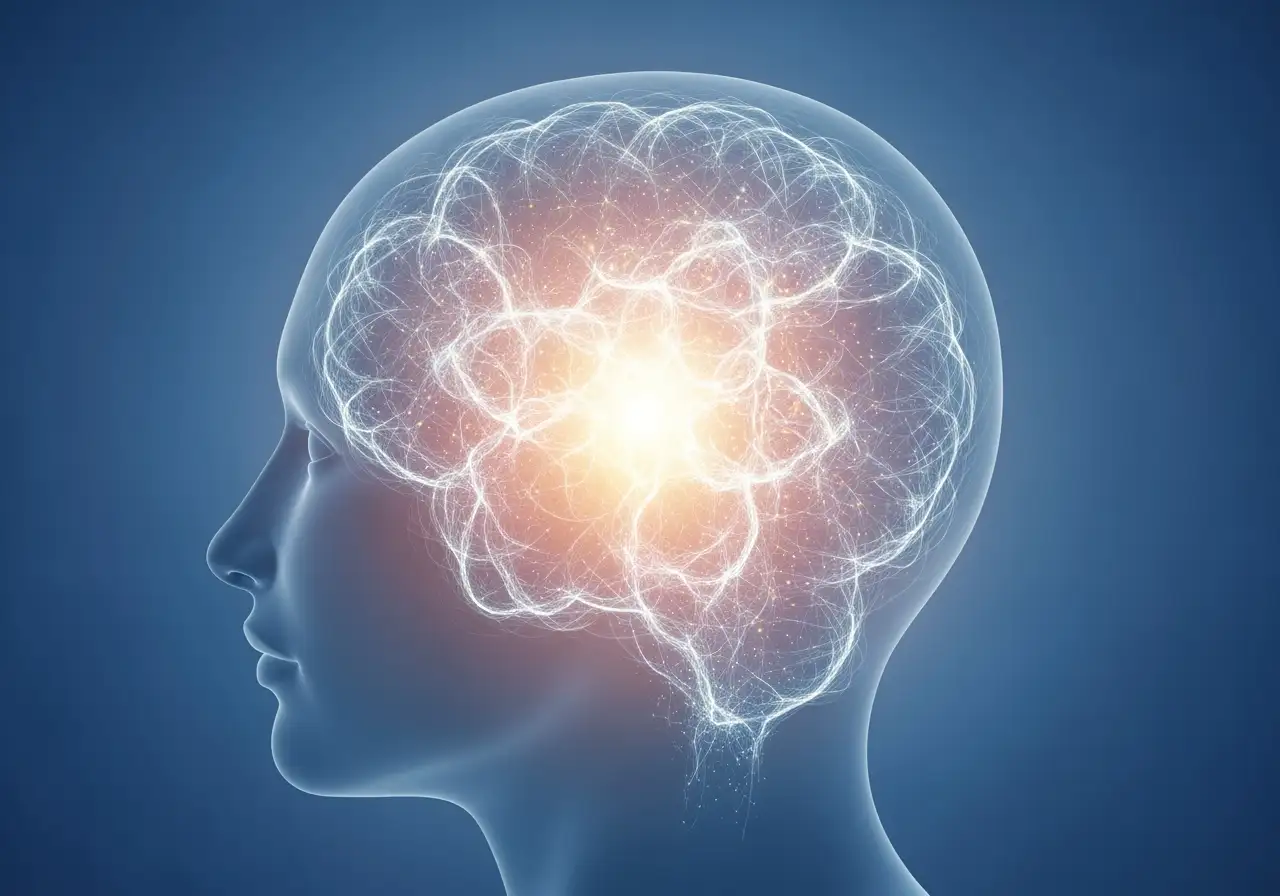Mastering Inner Landscapes with Quantum Mindfulness
Mastering Inner Landscapes with Quantum Mindfulness
Are you tired of feeling controlled by automatic reactions – the urge to scroll endlessly, the impulse to grab an extra snack, or the habit of putting off important tasks? Imagine a life where you possess the clarity and tools to transform these automatic behaviors into conscious, regulated choices. The Quantum Mindfulness framework offers a revolutionary path to achieving this profound personal freedom, moving beyond mere willpower to a deeper engagement with the very fabric of your conscious experience.
This framework is not about rigid rules or impossible feats of self-control. Instead, it’s a systematic approach designed to help you gain true self-mastery over your internal landscape, transforming stubborn urges into opportunities for profound personal growth and self-understanding. It builds upon foundational skills, such as those honed through mindful eating, to provide a sophisticated method for dissecting and ultimately lessening the power of any problematic craving. At its heart, Quantum Mindfulness posits that our mental states initially exist in a dynamic field of cognitive superposition—a probabilistic mental state of multiple coexisting possibilities—before they collapse into a singular, definite actualized experience. The power of this framework lies in understanding and influencing this psychodynamic collapse, enabling you to become an active participant in shaping your experienced reality.
The journey through the Quantum Mindfulness framework is structured around three interconnected, powerful stages, each building upon the last to cultivate a deeper relationship with your inner world:
1. Preparing Your Mind: Setting the Stage for Conscious Collapse
Before you can effectively address deep-seated urges and the unconscious reactive collapse patterns that drive them, the framework guides you in cultivating a receptive and grounded state of awareness. This initial phase is crucial for building the internal stability and patterned presence needed for deeper work. It’s about establishing a robust internal map of your psychological functioning. You’ll learn how to prime your senses and body awareness, creating a stable baseline from which to observe. This isn’t about complicated meditation; it’s about simple, yet profound, practices that anchor you firmly in the present moment and clarify your intentions for self-exploration.
This preparatory stage actively engages your Psycho-Volitional Dimension (Pd1), the very source of pure potentiality and intentionality, which allows you to dissolve perceived limitations and initiate purposeful action. Simultaneously, you cultivate your Psycho-Meditative Dimension (Pd3), enhancing your capacity for structured understanding, analytical reasoning, and intentional collapse. By strengthening these core aspects of your Prime Modality, you are building the internal “muscle” of awareness—what we call vectorized awareness—that will serve you throughout the process of navigating your inner landscapes. This first stage empowers you to establish a firm foundation for conscious observation, recognizing that your attention is not merely a passive lens, but an active, creative force.
2. The Core Practice: Dissecting the Urge in Superposition
This is where the heart of the transformation lies, transforming you into a curious scientist of your own inner experience. Instead of fighting an urge, you learn to invite it into your awareness, treating it as a complex manifestation that exists in a state of cognitive superposition. The goal is to apply conscious attention to trigger a psychodynamic collapse, allowing you to observe the urge in its multifaceted nature rather than being overwhelmed by it.
You will meticulously map its characteristics:
- Physical Sensations: How does the urge manifest somatically? Is there tension, heat, a specific feeling in your body? This engages your Psycho-Foundational Dimension (Pd9), which contains the subconscious infrastructure and grounds your experience, and your Psycho-Receptive Dimension (Pd8), enabling selective permeability and clear feedback integration from your body.
- Qualities and Emotional Tones: What is the specific emotional flavor of the urge? Is it anxiety, boredom, excitement, or something else? Here, you engage your Psycho-Empathic Dimension (Pd4) for its expansive emotional connection, your Psycho-Protective Dimension (Pd5) for establishing healthy boundaries around the feeling, and your Psycho-Aesthetic Dimension (Pd6), which functions as a psychological heart, seeking harmonic alignment and emotional regulation between these often conflicting forces.
- Thoughts and Narratives: What stories, justifications, or beliefs accompany the urge? This involves your Psycho-Conceptive Dimension (Pd2), which generates raw insights and intuitive cognition, and your Psycho-Meditative Dimension (Pd3), which helps you apply analytical reasoning to structure and understand these mental constructs.
The aim is not to fight the urge, but to understand it with detached curiosity, creating a vital “space” between the impulse and your automatic reaction. This process is a form of structural introspection, helping you identify and transform any destructive interference patterns within your psychodynamic dimensions. By consciously observing the urge, you empower yourself to shift from unconscious reactive collapse to intentional collapse, seeing the urge for what it truly is: a signal, not a command, and observing its dynamic nature as it rises and falls.
3. Integrating Your Insights: Sustaining Lasting Change and Perceptual Freedom
The final stage of the framework is about consolidating your learning and applying it for continuous growth and the cultivation of cognitive agency. After meticulously observing an urge, you’ll learn how to reflect on your experience, journal your insights, and identify the typical patterns and underlying needs that your cravings might be trying to communicate. This crucial step allows you to reframe the craving from a demanding master to an informative signal.
This reflective process is key to belief formation, where repeated conscious engagement with your internal states can durably alter trait variables, effectively rewiring your brain. By actively making the cognitive appraisal positive and aligning it with your Psycho-Motivational Dimension (Pd7)—the wellspring of purpose and drive—you translate values into sustained action. You begin to engage in conscious reality construction, understanding that your perception actively shapes your experienced reality. This stage is about translating raw observation into actionable understanding, enabling you to make conscious choices that align with your well-being, rather than being driven by automatic impulses or inherited scripts. The ultimate goal is to achieve psychodynamic harmonic alignment, leading to greater perceptual freedom and self-so






